Cocaine Addiction Explained
According to the National Institute on Drug Abuse, cocaine abuse accounted for 6% of all admissions to drug abuse treatment programs in 2013. Of this number, 68% use crack cocaine, which is the crystal form of the drug. Crack cocaine is even more addictive and dangerous than the powder form of cocaine.
Cocaine is known by other names such as coke, girl, snow or blow. The drug is usually snorted. It can also be dissolved in water and injected, or it can be smoked in the form of crack or by freebasing. The effects of cocaine are quick and intense, which is one of the reasons why people can rapidly become addicted to the drug.
What are the Effects of Cocaine?
Cocaine is a stimulant that affects the central nervous system. When a person takes cocaine, the drug stimulates the brain to release elevated amounts of dopamine. Dopamine is the hormone that is associated with pleasure and happiness, thus a person who takes cocaine feels an intense and sudden rush of euphoria.
The duration and intensity of the drug’s effects will depend on the method of ingestion. Smoking or injecting the drug quickly produces a powerful high, but the effects are short-lived. On the other hand, snorting cocaine causes a slower onset of effects, but the high lasts longer.
Short Term Effects
The short-term effects of taking cocaine include:
- Extreme energy
- Intense feelings of euphoria
- Hypersensitivity of senses (sight, sound, and touch)
- Mental alertness
Long Term Effects
The long-term effects of taking cocaine will depend on the method of use and can include:
- Snorting: Nosebleeds, loss of smell, heart attack or stroke.
- Smoking: Severe cough, respiratory distress, higher risk of heart attack or stroke.
- Injection: Collapsed veins, scarring, infections, IV-borne diseases, heart attack.
Recognizing Cocaine Withdrawal Symptoms
Due to cocaine’s highly addictive nature, a person can quickly become dependent on the drug to get that high. Over time, repeated cocaine use “rewires” the brain to crave the elevated amounts of dopamine. As a result, addicts take larger and more frequent doses of cocaine to ease their craving and feel good.
Cocaine withdrawal symptoms can appear as soon as 90 minutes after the last dose. Here are some of the most common symptoms of cocaine withdrawal:
Physical Symptoms
- Shortness of breath
- Lethargy or exhaustion
- Chills or tremors
- Muscle pain
- Increased appetite
- Slowed reaction times
Psychological Symptoms
- Suicidal thoughts
- Repeating vivid nightmares
- Anhedonia (inability to feel pleasure)
- Difficulty concentrating
Behavioral Symptoms
- Depression or anxiety
- Restlessness
- Irritability
- Paranoia
The severity of the symptoms will depend on the length of drug use, the size of dose, and whether the person has co-occurring disorders.
Using Cocaine and other Addictive Substances Together
When cocaine is used together with other addictive substances such as alcohol or other drugs, this condition is called polysubstance dependence. When a person is addicted to two or more drugs, it can cause symptoms to manifest more powerfully. Polysubstance dependence requires quality addiction treatment to overcome.
What Happens During Cocaine Rehab?
When a person decides to enter cocaine rehab the first step is detox. Detox can either be inpatient detox or outpatient detox, depending on the assessment of a counselor. Medication can also be used to help the ease withdrawal symptoms and make the patient more comfortable during detox.
After detox, there are several types of therapy that can be used to help a person overcome their cocaine addiction. Some therapy methods include:
- Cognitive behavioral therapy
- Sober living homes
- Peer-based recovery groups (12-step programs)
- Motivational incentives (rewards for patients who remain sober)
Finding the Right Cocaine Rehab Facility for You
Beating cocaine addiction can be difficult. Finding the right rehab center for you is critical. If you are having trouble finding a reputable rehab center near you, contact us, that’s why we’re here.

